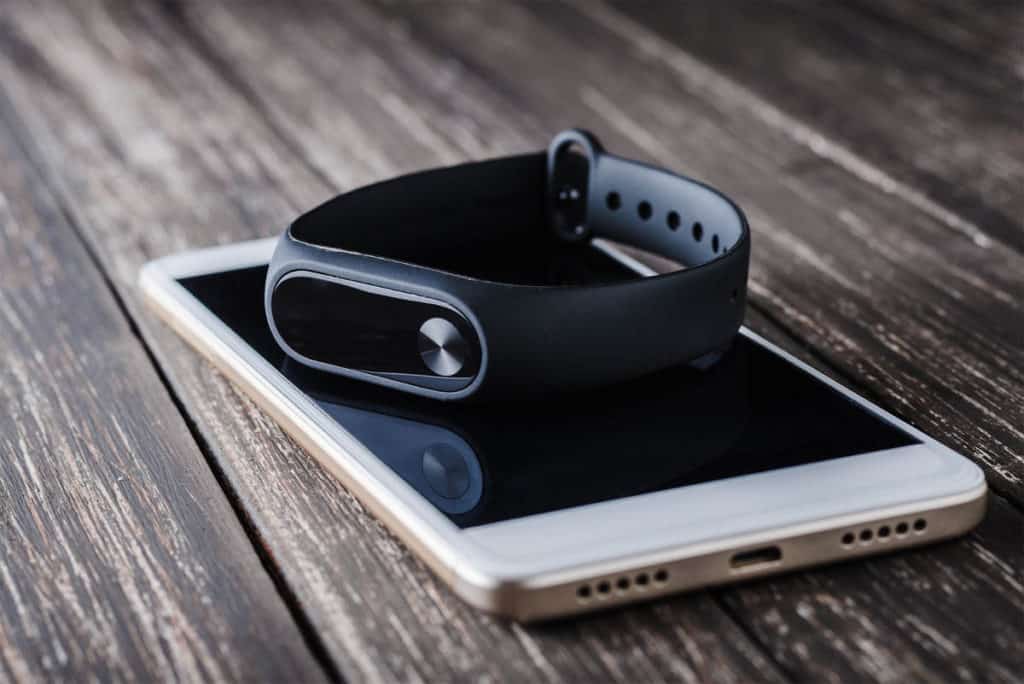What is a Heart Rate Monitor?
Before I get into how to choose a heart rate monitor, I thought that it would be useful to talk about what heart rate monitors are.
If you prefer, you can jump straight to the section ‘How to Choose a Heart Rate Monitor.’
A heart rate monitor is a device that lets you monitor your heart rate, or pulse, in real-time. On average, the human heart beats about 72 times a minute when the body is at rest. Exercise and other physical activities drive up the heart rate, so when riding a bike or running, your heart will beat more than 72 times a minute. If you want to know what your heart rate looks like during different activities, then a heart rate monitor is what you want to be using.
Amazon has a wide range of heart rate monitors to choose from.
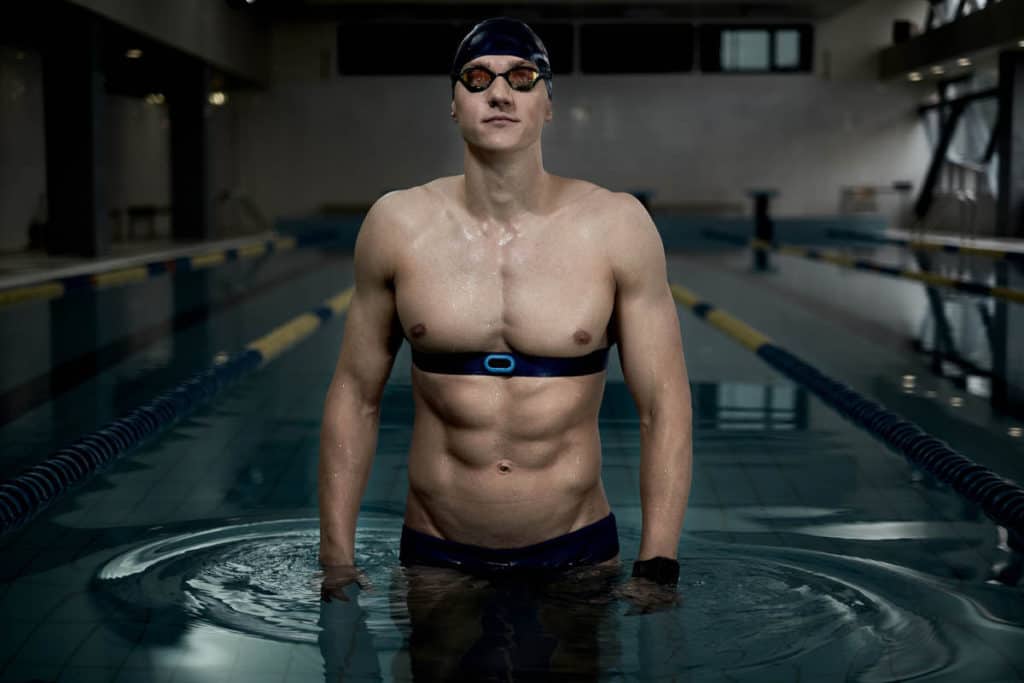
What Does Heart Rate Monitor Do?
HRMs are useful because they help you measure just how fast your heart beats during intense physical activities.
Measuring your pulse during exercise is useful. The intensity of the training is just as important as the frequency or amount of training you get done. An HRM acts as a pacer during exercises, telling you when to speed up and when to slow down to achieve optimal results.
Newer models use infrared sensors instead of electrodes to measure the heart rate. Some include features to measure all aspects of fitness, not just the heart rate. They measure heart activity, variations in heart rate, and the breathing rate as well. All this data is useful to set accurate parameters to gauge the intensity of each exercise you do.
You might wonder, why is all this necessary? It mostly has to do with training zones. With heart rate data, you can set up training zones for different exercises. Working out at the right intensity can be very beneficial to your fitness goals.
Plus, since most HRMs allow you to record this information, it is easy to monitor fitness levels over long periods. Modern iterations also have features like pedometers, which keep track of the distance you cover during each exercise.
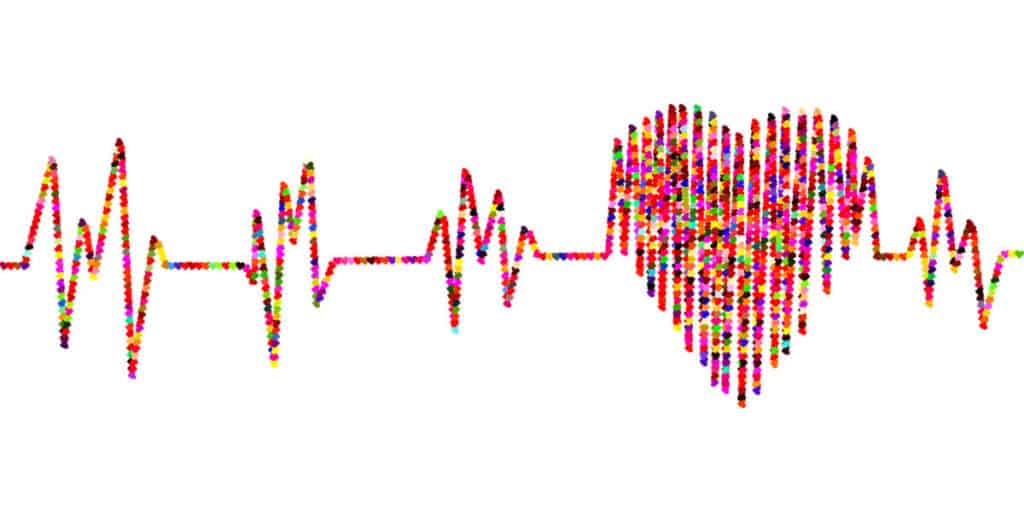
How Does Heart Rate Monitors Work?
A heart rate monitor consists of two parts: the transmitter and the receiver. In chest-strap monitors, the transmitter is the wireless sensor worn around the chest, and the receiver is the device worn on the wrist.
In a wristwatch-style HRM, these components are both built into the same device. The heart rate monitors that you use on your wrist are known as optical monitors. These use small LEDs to shine a light on to the skin.
The light monitors the blood flowing through your wrist; this causes the light to refract or reflect. The device then processes the data.
To understand how it works, you first have to know how the heart contracts and expands. An electrical signal is responsible for the contraction of the heart muscles. It is detectable through the skin, which is why the transmitter must be in contact with your skin for the HRM to work.
The electrical signal picked up by the transmitter is relayed to the receiver as an electromagnetic signal. The transmitter picks up this signal then converts it into the heart rate data that you see on the device’s screen.
The most basic heart rate monitors only show the heart rate. Most of the monitors available today show additional information such as the maximum heart rate, time, and various heart rate zones. This information is useful to fine-tune the intensity of your exercises.
Types of Heart Rate Monitors
There are two types of HRMs available:
- Wrist-only HRMs: these have sensors that detect your pulse through your wrist
- Chest-strap HRMs: these have a chest strap with sensors that detect and measure your heart rate from your chest
Wrist-only monitors are cheaper and easier to strap on, so they’re arguably the more convenient option. However, they are less accurate than chest-strap monitors, which get more precise data due to the positioning of their sensors.
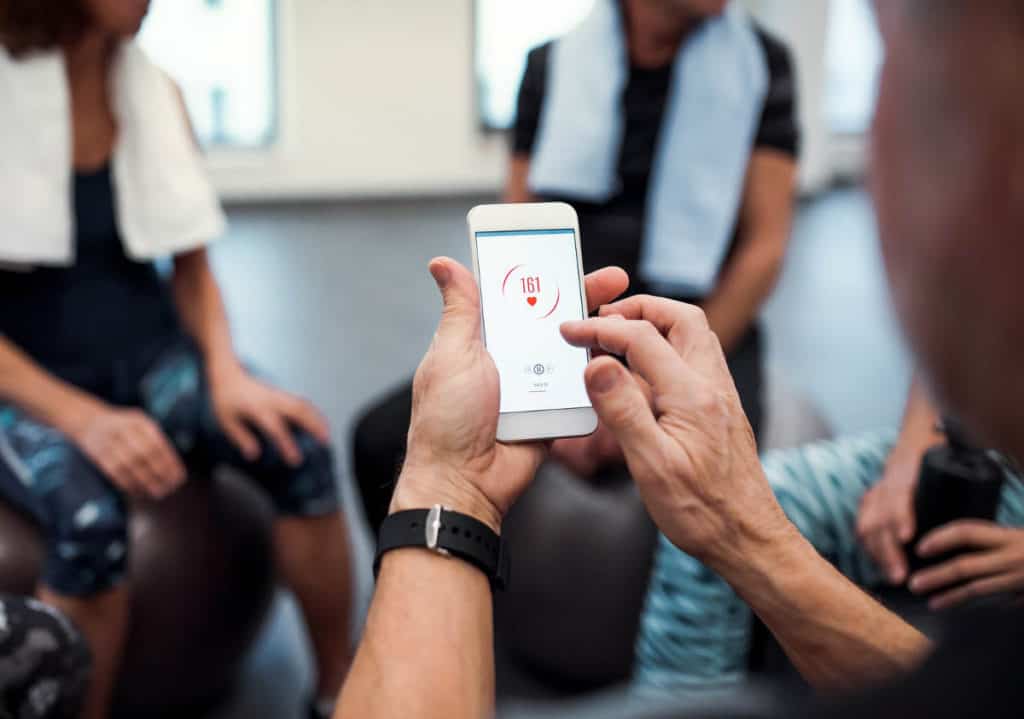
It can be overwhelming to decide which of these monitors is best suited to your needs. Convenience beats accuracy in most day-to-day applications, but inaccurate data, even when the discrepancies are mild, can affect your workout.
How to Choose a Heart Rate Monitor
1. Consider the type that Best Suits you
Chest-strap and wrist-only heart rate monitors are the two types of monitors you will come across in your search. The first one uses a wireless chest sensor that relays data to a wrist-worn receiver while the second one has an optical sensor built into the wristband, which detects pulse.
Whichever one you choose, you will have to sacrifice something. The chest-strap HRM gives more accurate readings, but it forces you into a pre-workout routine where you have to strap on the chest sensor each time you want to exercise. The wrist-based HRM is more comfortable to wear, and it allows you to dive right into your workout. However, you have to contend with the potential inaccuracies it may bring, little as they may be.
It boils down to a choice between convenience and data accuracy. A recreational fitness buff may not be too concerned about efficiency. To a professional athlete, the precision of a chest-strap monitor may be more important than the convenience of a wrist-worn HRM.

2. Decide Which Features are the Most Important for Your Case
Some of the features you can expect from a heart rate monitor are:
Target Zones
A target zone is simply the measure of your heart rate’s fluctuations for a particular exercise. For example, you may have different target zones for aerobic, anaerobic, and endurance exercises.
Most HRMs offer at least three programmable target zones. Advanced ones have up to six. Having more target zones simply means that you can preprogram your HRM for different workouts.
Recovery Tracking
This feature tracks the time it takes for your heart to return to its resting rate after a period of activity.
Calorie Counter
Some monitors can estimate the number of calories you burn during exercise, making them suitable for weight loss programs.
Knowing how many calories your body is using will allow you to adjust your calorie intake. You can use an online calorie calculator to help calculate your required calorie intake.
Distance and Speed Monitor
Inbuilt pedometers and speed trackers help some athletes measure their distance, steps taken, and speed using their heart rate monitors. The distance can be measured using a GPS receiver while speed and step count is calculated via an accelerometer attached to the shoelaces.
If your device does not use GPS to measure the distance, it will calculate it on your step stride.
Virtual Fitness Trainer
A fitness trainer is merely an alert system that warns you when your heart rate falls above or below your training zone.
Encrypted Transmissions
This feature is useful when you exercise around a lot of other heart rate monitors. It encrypts transmissions before sending them to your receiver, eliminating crosstalk from other wireless devices.
Time Spent in Target Zone
This feature helps you track the amount of time you spend in each target zone.
Stopwatch
A stopwatch and split lap time feature allows you to see changes in your pace after each lap on a marked racecourse.
Watch
Most HRMs come with a sports watch that includes features like a clock, a calendar, and a countdown timer.
Wireless Tethering
Wireless connectivity allows your HRM to communicate with other devices, such as your smartphone or computer, for data sharing and backup.
Smartphone Compatibility
Today’s HRMs come with smartphone apps that act as a digital interface where you can fine-tune some of the settings or view your exercise data in more detail.
Battery Type
Rechargeable is the norm when it comes to most HRMs, although some have replaceable battery versions. Rechargeable versions are recommendable.
While useful, not everyone will need all of these features in a heart rate monitor. For instance, if your workout routine is comprised of one or two simple exercises a week, then you don’t need a device with multiple target zones. Target zones are useful to people who perform several different activities as reprogramming the monitor for each task can be tedious.
The same applies to features such as time, distance, and speed tracking. Pro athletes may need to track the time they spend in their target zones. Joggers and runners need speed and distance trackers. These features may not be as useful for someone focused on strength training.
Some features are universally useful. The sports watch, wireless tethering, smartphone compatibility, stopwatch, and calorie counter prove useful across different activities. These make your heart rate monitor more convenient to use. You may also find a virtual fitness trainer, one that sends haptic or audible feedback when you leave your target zones, to be handy during exercise.
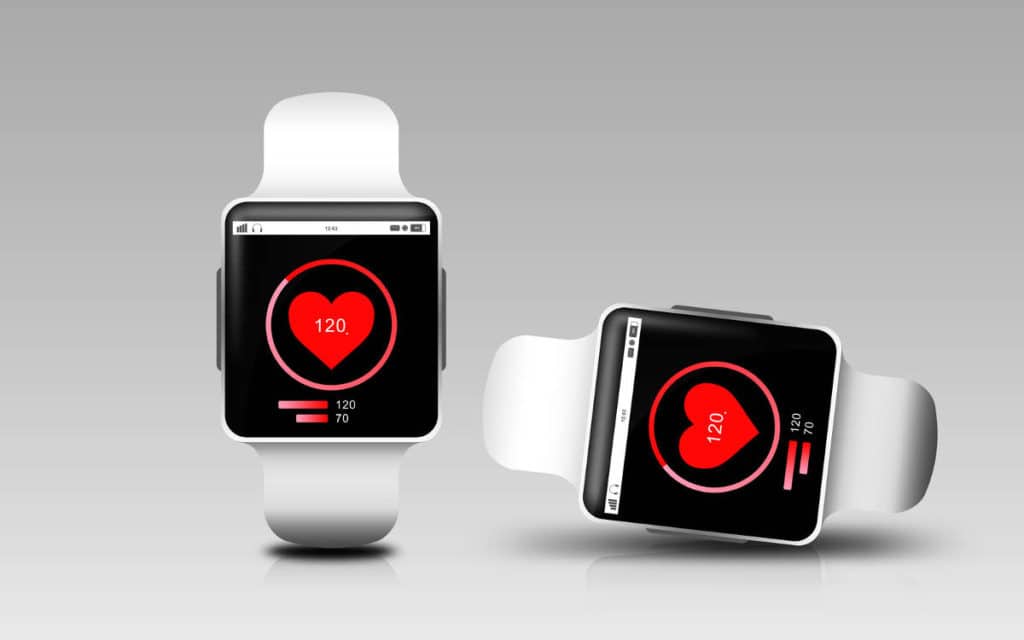
3. Think About These Factors
Picking a heart rate monitor is easy if you know what is essential and what isn’t. Here are some of the things you should consider.
Ease of Use
Go for the HRM; that’s the easiest to set up, read, and understand. If it is difficult to use, then it will probably end up collecting dust in your dresser.
Display
The visibility of the display is essential as well. Although the majority of monitors have tiny screens, that’s not an excuse to settle for something with low legibility. The display is, after all, where you will get all the information you need.
Accuracy
If accuracy is a priority, go for a model that uses a chest strap sensor. HRMs that measure your pulse through your fingers or wrist don’t take the most accurate readings.
Comfort
Since most models today have a wrist-worn receiver, the strap or band comfort is an important consideration. The chest-strap monitors are less comfortable than their wristwatch-style counterparts. The band should be soft and flexible to prevent chafing, but durable at the same time.
Response Time
During continuous tracking, some models show instantaneous changes while others report changes with jumps or lags. A good monitor is the one that indicates changes in heart rate with minimal delays. It offers more superior tracking capabilities.
Battery Life
Perhaps the most critical consideration to make is the battery life. Even a feature-rich monitor is useless if it does not have good battery life.
Cost
You get what you pay for when buying a heart rate monitor. For around $20, you can get a low-end model. For a top of the range models, you could be looking at paying between $200 – $300
While the most expensive isn’t necessarily the better options, you shouldn’t spend too little if you want a decent monitor with a good range of features and excellent build quality. Amazon has a wide range of heart rate monitors to choose from.
Conclusion
When it comes to choosing a heart rate monitor or fitness tracker its important to get a tracker that suits your requirements. There are different types of trackers even kids’ fitness trackers. There is no point in spending lots of money on features you don’t require.
